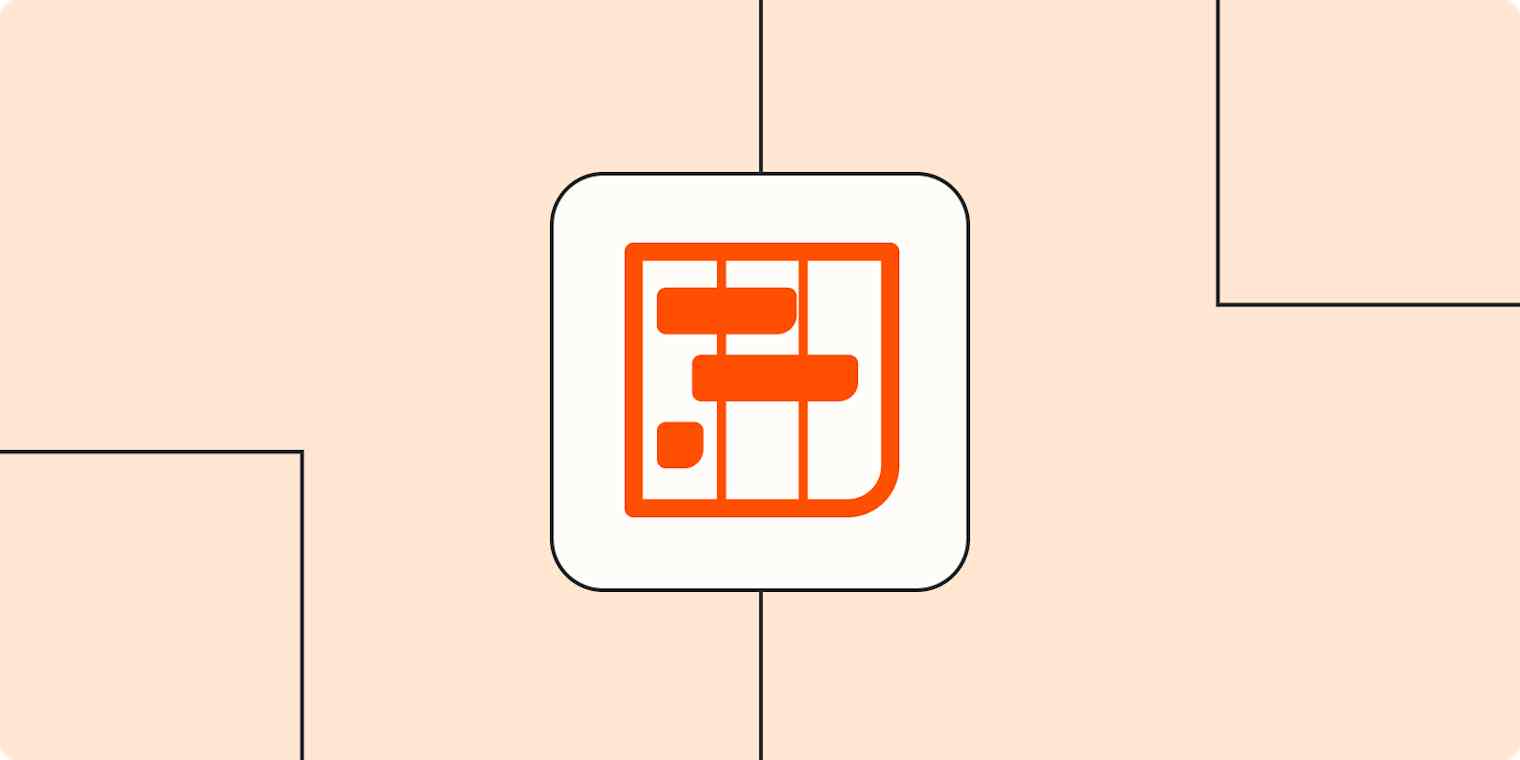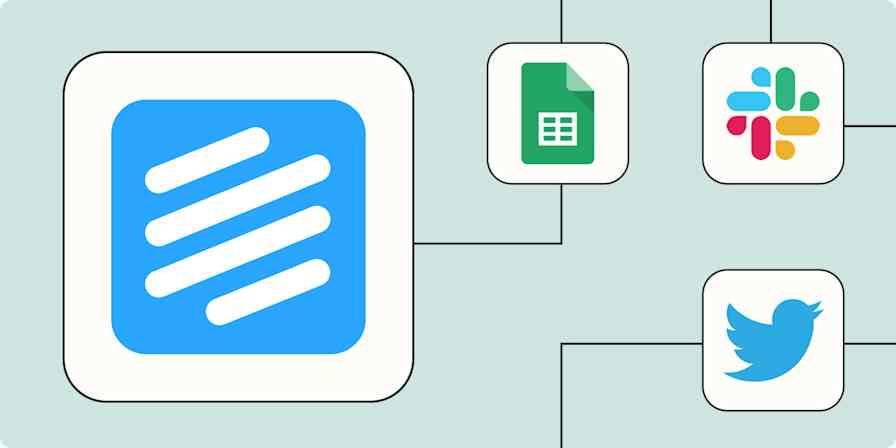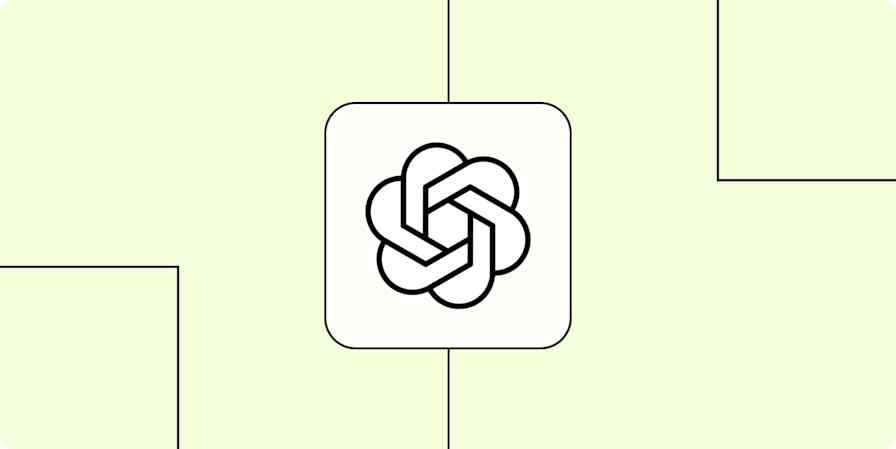Business tips
11 min readProduct roadmaps: A complete guide [+ templates]
By Amanda Pell · June 22, 2023

Get productivity tips delivered straight to your inbox
We’ll email you 1-3 times per week—and never share your information.
Related articles
Improve your productivity automatically. Use Zapier to get your apps working together.









